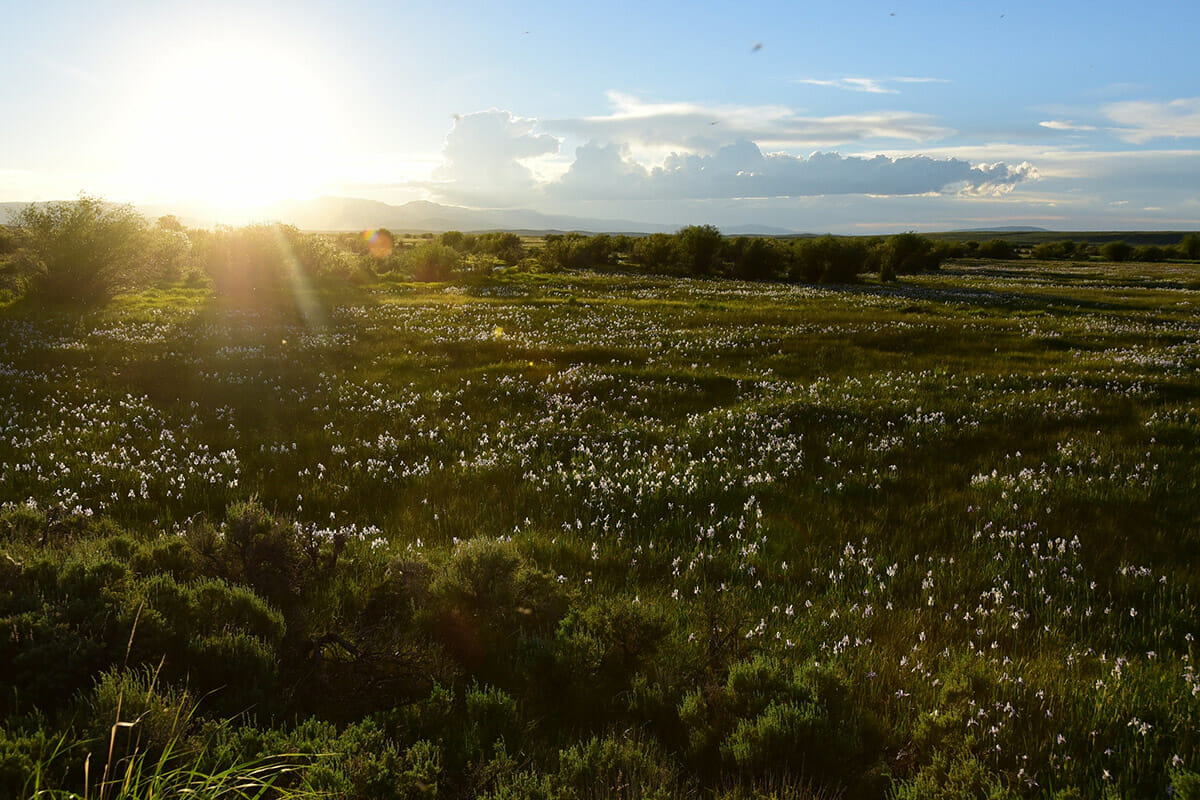
National Wildlife Refuges:
Arapaho National Wildlife Refuge
Just south of Walden, Colorado, sits the Arapaho National Wildlife Refuge. At over 8,100 feet above sea level, it is the highest refuge in the contiguous United States. The Arapaho NWR is a popular destination for bird watching, wildlife photography, hiking, fishing, and hunting.
Here’s everything you need to know to plan your trip to Arapaho NWR.
Mountains, meadows and wetlands: Arapaho’s diverse landscape
The Arapaho NWR is located about 135 miles northwest of Denver and offers over 23,000 acres of sagebrush steppe uplands, grassland meadows, riparian areas, and wetlands. There is no shortage of great views: the refuge is situated in a glacial basin known as North Park, bound on the west by the Park Range, on the south by the Rabbit Ears Mountains, on the southeast by the Never-Summer Range, and on the east by the Medicine Bow Range.
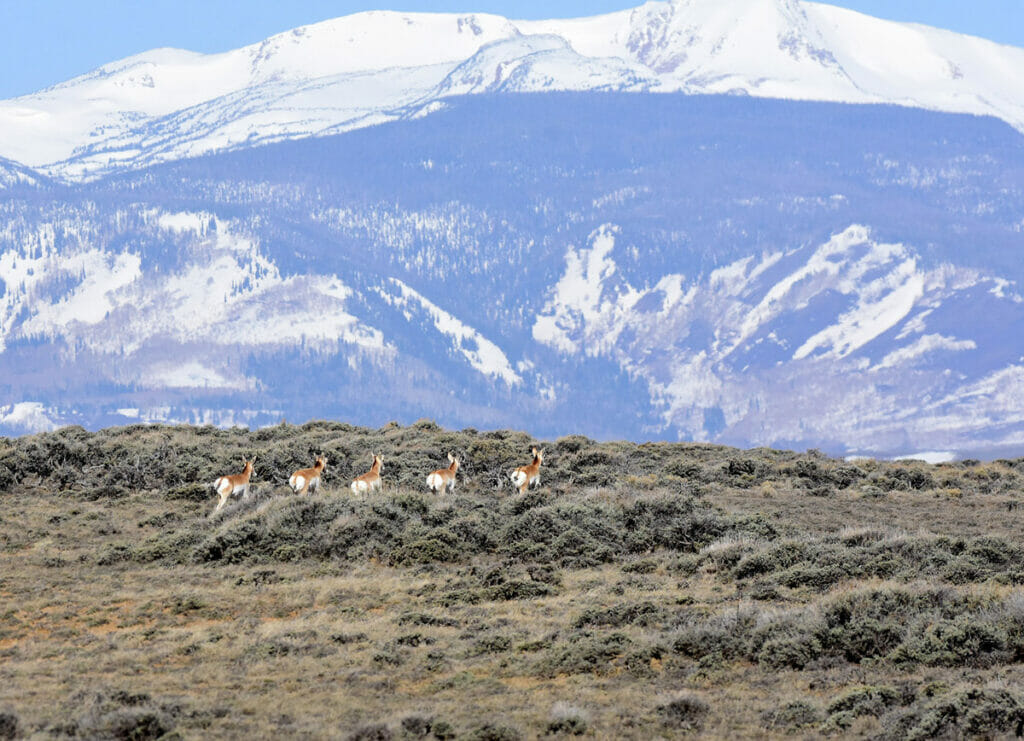
The Illinois River flows through the refuge and is the only area on the refuge open to fishing. Additionally, several slow-moving streams meander along the basin floor, which eventually combine to form the headwaters of the North Platte River. Arapaho’s wetlands also provide good hunting, primarily during Colorado’s first waterfowl season. Since the refuge is at an 8,000-foot elevation, the ponds can be frozen by the end of October.
National Wildlife Refuges need our support. Urge Congress to increase funding for these special public lands.
The history of Arapaho National Wildlife Refuge
The Arapaho National Wildlife Refuge is situated within the traditional homelands of the Arapaho and Ute Tribes. Indigenous tribes used to travel to this area to hunt the prodigious herds of big game that gather here in the warmer months, retreating to lower elevations during the cold of winter.
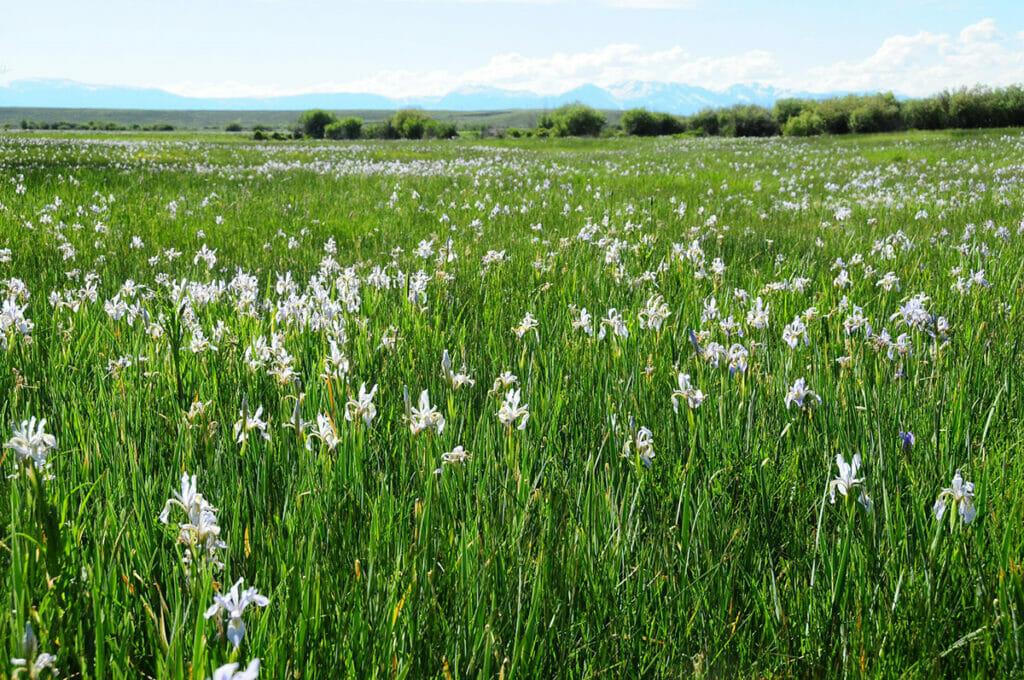
The first recorded Europeans to enter the valley were French beaver trappers in the early nineteenth century. Arapaho National Wildlife Refuge was established in 1967 primarily to provide suitable nesting habitat for migratory birds. Most of the land was purchased with federal Duck Stamp funds.
Protecting and enhancing Colorado wildlife habitat
The Refuge’s wet meadows and ponds provide important breeding habitat for many duck species. As many as 8,000 ducks will be on the refuge in the fall and visitors can expect to see a variety of species, with gadwall and lesser scaup being especially abundant.
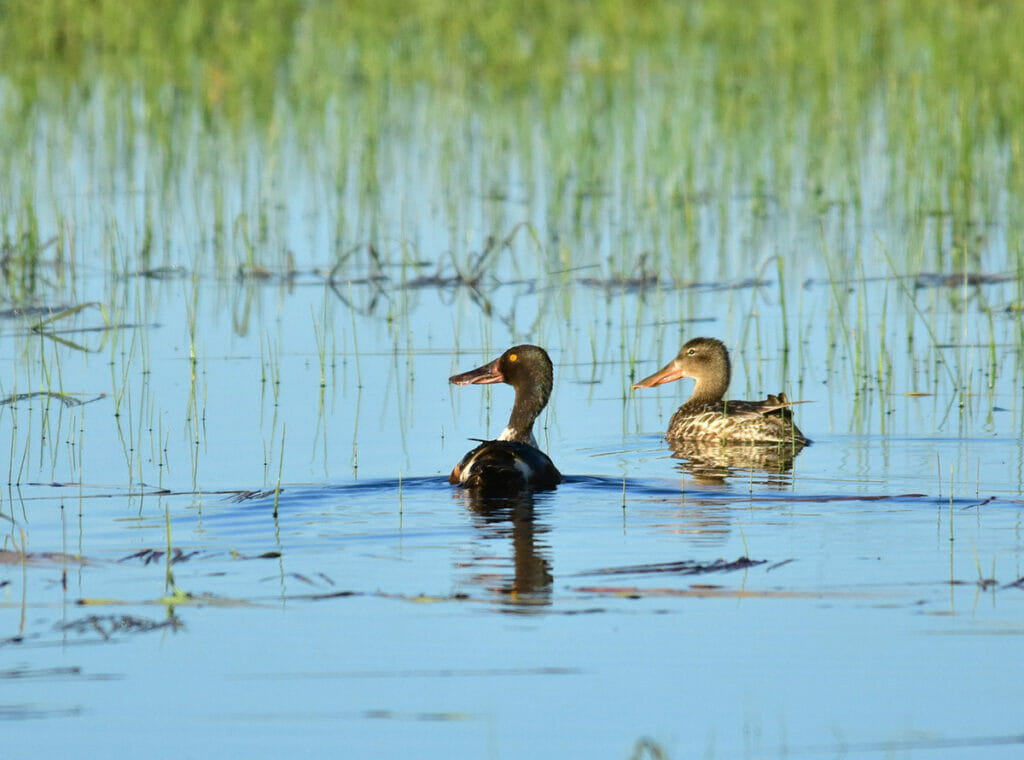
The Refuge is also home to several other species of waterfowl, shorebirds, raptors, and songbirds. Mule deer, pronghorn, elk, and moose use the Refuge habitats throughout the year and Refuge managers have implemented a limited draw elk hunt to protect the riparian habitat from overuse.
Fishing Information for Arapaho National Wildlife Refuge
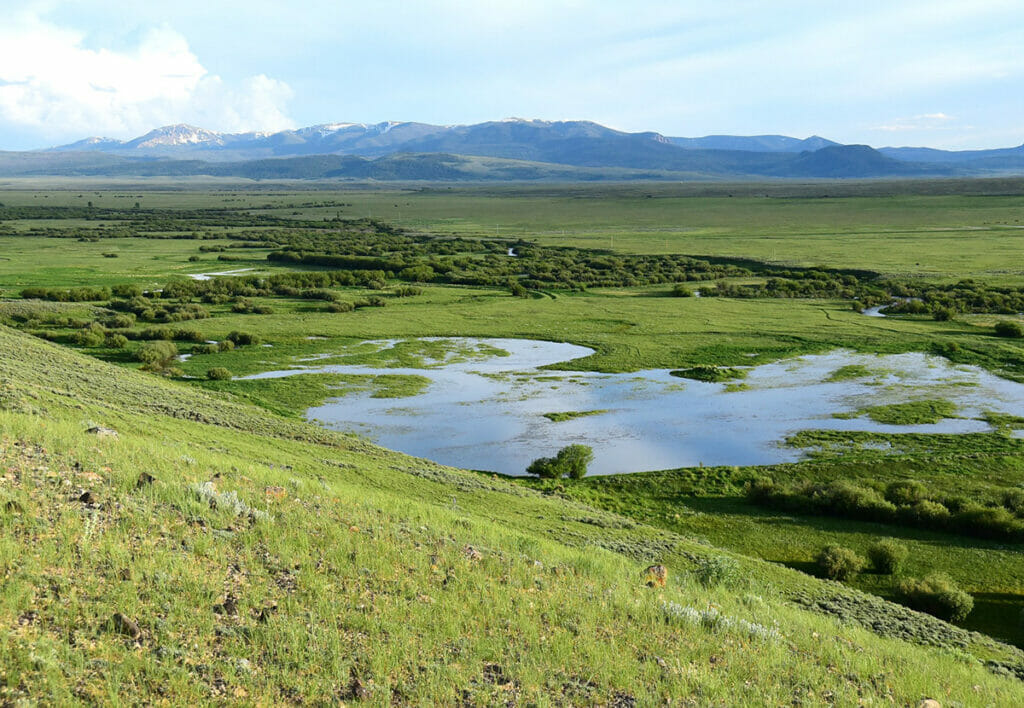
Season: The refuge is closed to fishing June 1-July 31 to reduce impact on nesting birds. The river ices over by November and does not typically open again until May. Fall (August-October) is the best time to fish the refuge.
Species: The refuge offers fly fishing for brown and rainbow trout. Expect to catch mostly brown trout with an occasional rainbow.
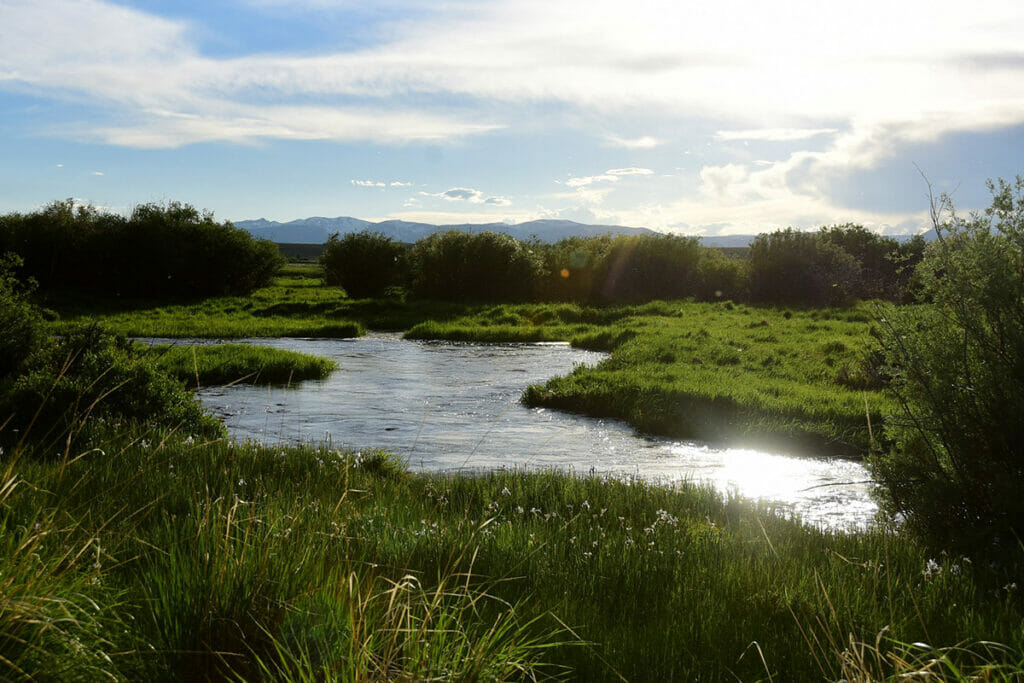
Fishing on the Arapaho NWR can be difficult because of dense willow along the riverbanks. Contact TU’s local chapter, Rocky Mountain Flycasters for more information.
Learn more about the National Wildlife Refuge System.
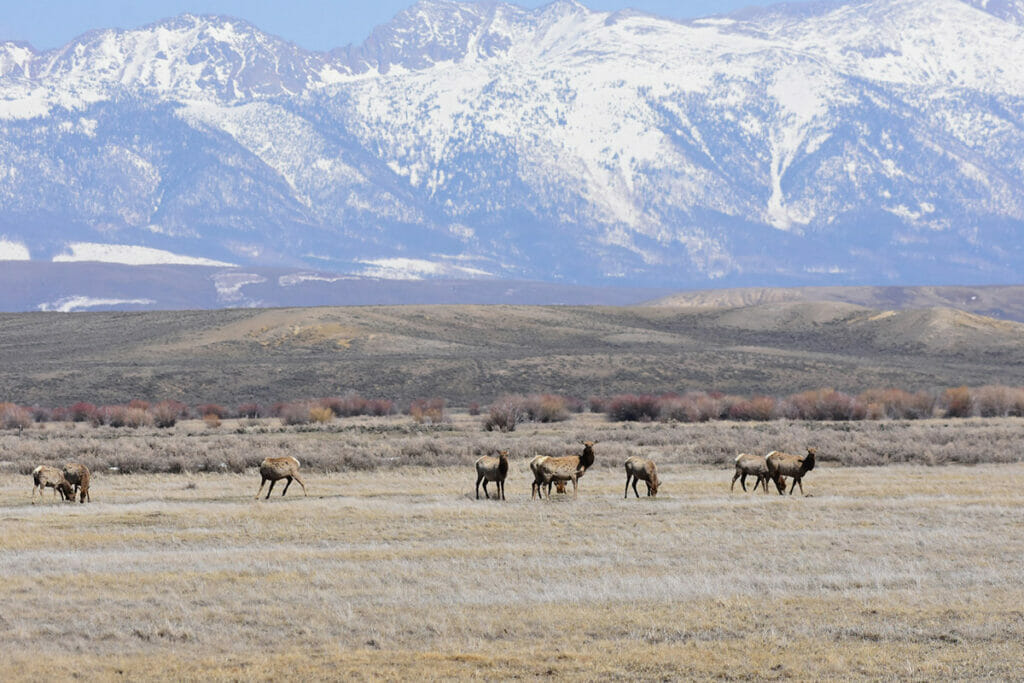


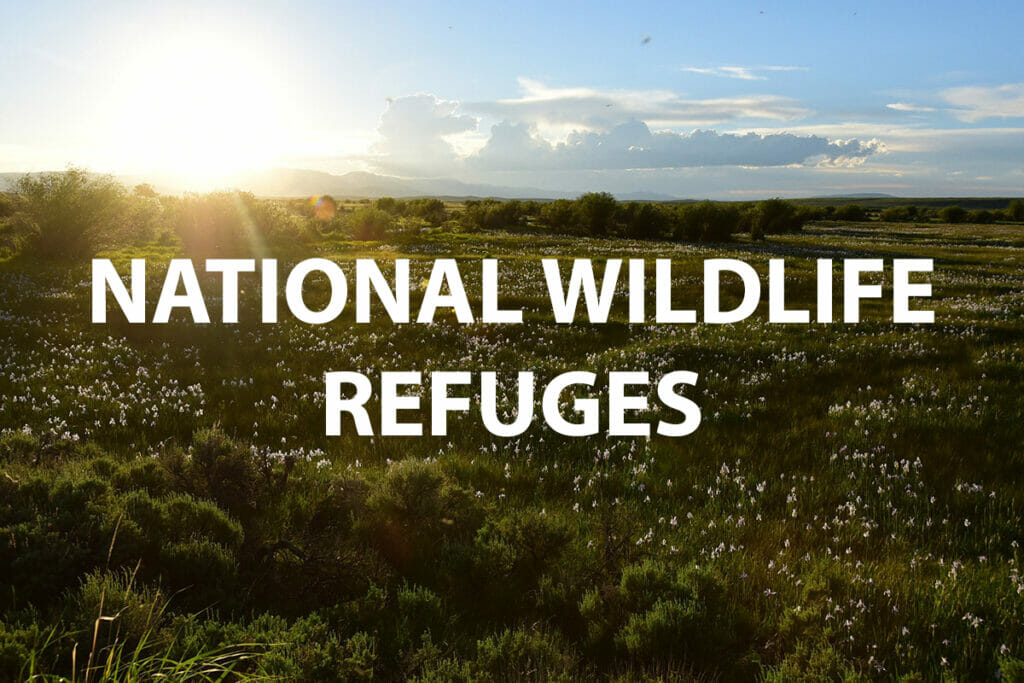
Comments